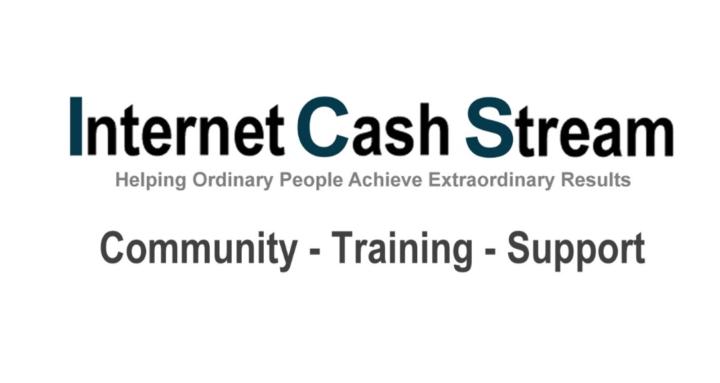Aug 21 • AI Members Hub
AI News Poster - August 21, 2025
1. Klaviyo Rolls Out Enhanced AI Connectivity
Klaviyo has made its updated Model Context Protocol (MCP) server generally available, enabling seamless integration with tools like Claude Desktop, Cursor, VS Code, Windsurf, and other local or web-based AI assistants. This opens new avenues for marketers to incorporate AI into customer data workflows—without friction. Digital Agency NetworkSiliconANGLE
2. AdCellerant & Vendasta Partner to Boost SMB AI Access
A new strategic alliance between AdCellerant and Vendasta aims to empower over 250,000 small and medium-sized businesses with enhanced AI marketing tools. This expansion signals rising interest in democratizing advanced marketing capabilities for smaller players. martechcube.com
3. Meta Faces a Pivot in AI Strategy
Meta’s AI division is undergoing dramatic shifts. Despite a hiring spree—including Alexandr Wang as Chief AI Officer—Meta has now imposed a hiring freeze and initiated a structural split into four teams: research, superintelligence, infrastructure, and products. This follows concerns over cost efficiency and internal friction amid aggressive expansion. The Wall Street Journal+2New York Post+2
4. Google’s Pixel 10 Leverages AI to Anticipate Needs
Google’s newly revealed Pixel 10 lineup—featuring models like the Pixel 10 Pro and Pixel 10 Pro Fold—is embedding AI at the core: Gemini AI powers on-device features like “Magic Cue,” which proactively surfaces context‑relevant info (e.g., flight details during calls), while Camera Coach offers real‑time photo guidance. Accompanied by the Pixel Watch 4 and Pixel Buds 2a, this launch underscores a move toward predictive, helpful AI in everyday devices. The Guardian+1
5. SoftBank & Databricks Double Down on AI Infrastructure Amid Bubble Warnings
SoftBank chief Masayoshi Son is spearheading a $500 billion AI infrastructure initiative, partnering with OpenAI and Oracle to ramp up data center capacity and chip investments. At the same time, a major Databricks funding round values the firm at $100 billion. Sam Altman has cautioned about AI hype, even as private markets stay bullish. Reuters
What This Means for Marketers
- Seamless AI integration: Klaviyo’s MCP enhancement opens the door for embedded, data‑driven AI workflows—think smarter triggers and seamless personalization.
- AI access at scale: SMBs are gaining traction with marketing-grade AI—cost‑effective automation and insight tools may soon level the field.
- Strategic uncertainty at Meta: Shifting structure and hiring freezes suggest a recalibration; inspiration lies in how marketers adapt when platforms in flux.
- AI as proactive utility: With Google pushing contextual suggestions via AI on-device, users may expect more anticipatory, conversational interactions in marketing touchpoints.
- Infrastructure investments underscore long‑term AI betting: Massive capital flowing into AI hardware hints at sustained innovation—expect more advanced capabilities ahead.
xAI - Elon Musk's AI company and owner of the Grok AI, have continued to improve Grok 4.
Grok 4 is the most intelligent model in the world. It includes native tool use and real-time search integration, and is available now to SuperGrok and Premium+ subscribers, as well as through the xAI API. They are also introducing a new SuperGrok Heavy tier with access to Grok 4 Heavy - the most powerful version of Grok 4.
Scaling Up Reinforcement Learning
With Grok 3, they scaled next-token prediction pretraining to unprecedented levels, resulting in a model with unparalleled world knowledge and performance. They also introduced Grok 3 Reasoning, which was trained using reinforcement learning to think longer about problems and solve them with increased accuracy. During their work on Grok 3 Reasoning, they noticed scaling trends that suggested it would be possible to scale up there reinforcement learning training significantly.
For Grok 4, they utilized Colossus, which is their 200,000 GPU cluster, to run reinforcement learning training that refines Grok's reasoning abilities at pretraining scale. This was made possible with innovations throughout the stack, including new infrastructure and algorithmic work that increased the compute efficiency of their training by 6x, as well as a massive data collection effort, where they significantly expanded their verifiable training data from primarily math and coding data to many more domains. The resulting training run saw smooth performance gains while training on over an order of magnitude more compute than had been used previously.
0
0 comments
powered by

skool.com/internet-cash-stream-1674
Join InternetCashStream - you get free tips, tools, training & proven resources to grow your online income. Fun, focused, and built for your success.
Suggested communities
Powered by
